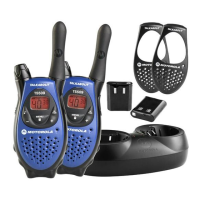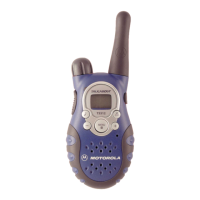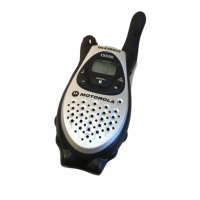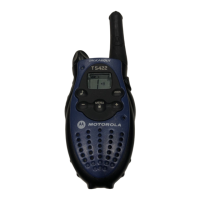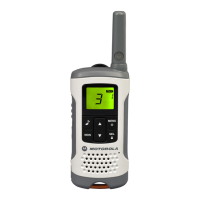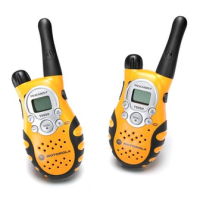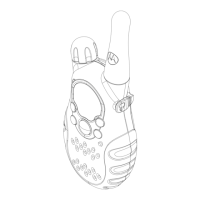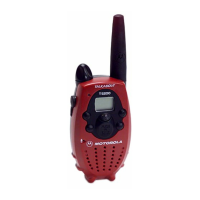INTRODUCTION
Cell phones and land lines will most likely not be available after a disaster. As a result,
ASNC’s Emergency Response Plan includes the use of battery-powered FRS radios as
well as amateur radio to communicate between the ASNC Command Post and the
surrounding community(ies).
A radio operator at the Command Post (meeting area at Via Marasol /Lomitas in
Hermon) will be listening and recording all important communications and help requests
on the following frequencies:
· FRS Radio: Channel 2 (Alternate: Ch 12)
· Ham Radio: 145.585, PL 110.9 (Simplex)
FRS/GMRS RADIO FEATURES AND HOW TO USE THEM
This manual will explain how to use the FRS radios that will be the
backbone of our CERT communications during drills and any real disaster
You will encounter several unfamiliar abbreviations and technical terms in this manual.
So we have marked them with an asterisk (*) and explained them in the back of this
manual in the “Communications Glossary”. When you see something like “FRS”
written in this Manual and say to yourself “What the heck are they talking about?” have
a look there. However this FRS thing needs to be explained so we know what we are
talking about up front, so here goes:
1) What is an FRS radio?
A “FRS radio” is a small hand held two-way radio (it both transmits and receives) which
is normally used by families and friends for ski trips, hiking, football games, amusement
parks, talking from one car to another when caravanning, etc. in order to stay in touch.
Pairs of these radios are sold in stores in bubble packs (see the illustration on the front of
this Manual). FRS radios are often sold with GMRS capabilities and we will refer to
them as FRS/GMRS radios. More details about this are in the “Changing and Setting
Channels” part of this section, also in the “Radio Regulations” in the and “Buying a FRS
Radio for CERT Activities” sections of this Manual.
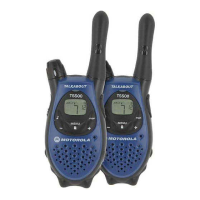
